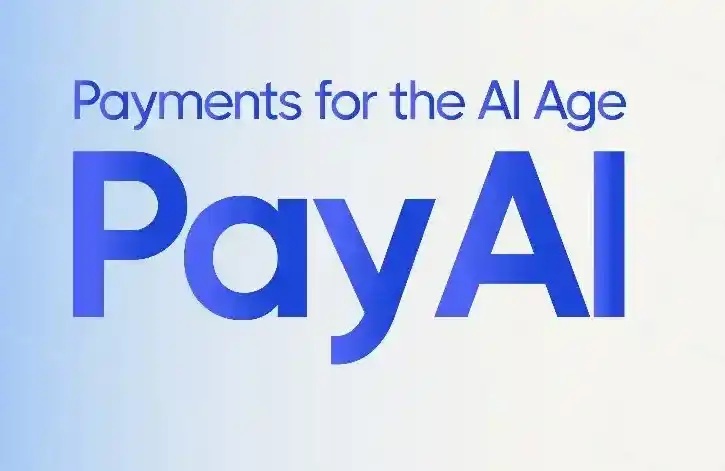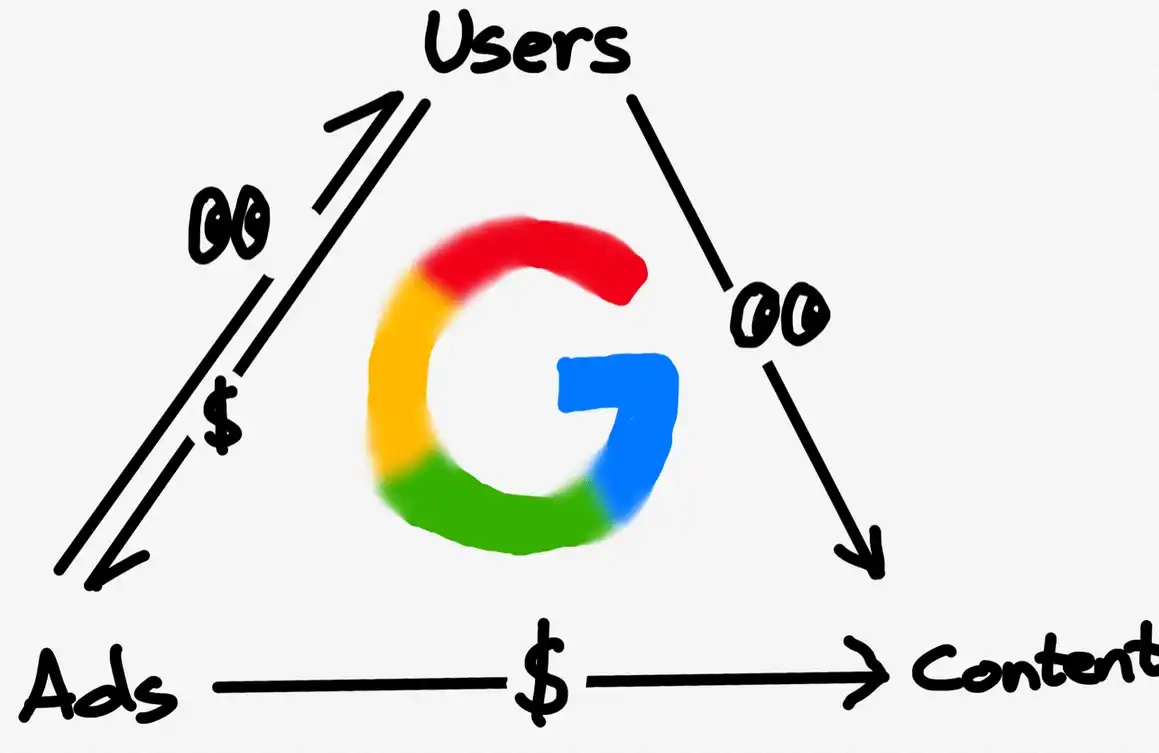NFT lost money, but I can license IP ah
Note: Sleepy
The recent flurry of news about NFT IP licensing has finally brought a lot of attention to the track. For a few days, some boring ape was put on the "job market", and some boring ape wore a new series of suits. These eye-catching new attempts are particularly valuable in the current winter of Crypto, which seems to indicate that, in the bear market, people gradually change their attention to all kinds of Infra (infrastructure) projects in NFT track from superstition to the discovery of NFT brand value.

Admittedly, Infra is the underlying foundation, which seems to be the "only way" for all projects. But in the final analysis, Infra is the market share, and about the market share, in the Crypto world that advocates legitimacy, without major loopholes, the first-mover advantage seems to be unsolved, otherwise OpenSea's life would not be so leisurely.
Crypto's progress depends on the development of technology, and Web3 needs to go mainstream is constantly breaking the circle.
NFT: From art to brand
Let's take a look back at how people's perception of NFT evolved into a "brand."
Let's start with CryptoPunks, arguably the earliest "NFT" project (though there are many that are now found to have preceded CryptoPunks).
Although Shawn Yue now uses CryptoPunk as the Logo on his clothes and Tiffany also makes jewelry with the image of CryptoPunk, Larva Labs initially positioned it as an art project paying tribute to the cryptpunk. The two developers also gained the status of "artists".
After that, there were also many game dapps that used NFT technology to carry in-game assets, such as virtual pets, game props, trading cards, etc. What made NFT popular for the first time was Beeple's NFT artwork, which was auctioned at Christie's for $69 million. Driven by Hackatao, XCOPY, Coldie, Alotta Money and other NFT artists over the years, NFT has exploded in the art world. And at that time, people for NFT attention and concerns for all new things stay on the same underlying technology level, people pay close attention to how to help the digital art made by block chain technology, focused on digital art in where can truly alive, concerns how to make art block chain technology "programmable", "interaction".
Over time, NFT went from art to "social capital," thanks to the mass emergence of avatar NFT. This trend can be seen in the masks of HashMasks, but it's a shame that the masks are so artistic that they ignore the more important differentials and scalability of social capital.
At that time, people didn't have the concept of "brand". Looking back at BAYC's early articles, most of them talked about how owning a boring ape could join the "Yacht Club" and become a member of the social circle. Not only would a lot of boring apes follow you on Twitter, Even people like Steph Curry, Snoop Dogg and Jay Chou are in this circle. It seems that all you need to have is a boring ape to connect with them, and the choice of these celebrities and bigshots is like a stamp of authentication on BAYC.
To this day, there are still countless projects that release NFT series with "art" or "social circle" as the core. At the heart of an art project is the artist, and often the artist does not run it; The cold start of social circle projects often relies on the platform of a certain celebrity, making people think that owning the NFT will recognize these celebrities, but how to keep these celebrities active in the community for a long time is a difficult problem to solve.
If we look at the projects that are doing well today -- BAYC, Azuki, Doodles, RTFKT -- they were all branding during their rise.
The whole "branding" thing sounds pretty hollow, but let's rephrase it: building community. To build a community is to organize various activities for community members to have a deeper understanding of the project. The definition of "brand" in Baidu Encyclopedia is: consumers' cognition of certain products and product series.
In Web2, brands are born out of decisions made within the company, and then they follow suit to find users. In Web3, the brand is born from the community, and the project side can set a general direction, but the details of project consensus and cognition are dynamically adjusted in the process of community formation. In this way, the brand formed is a Web3 brand from bottom to top, rather than a shell of Web2 brand.
From the extreme pursuit of art at the beginning, to the abandonment of artistry in the middle, and now people realize the important role of PFP image in the cold start-up stage of brand formation, NFT has also completed the transformation from artwork to art consumer goods.
The brand of Web3 is religion
As for Otherside, there is a growing consensus in recent comments. More and more people believe that BAYC is not the best choice to develop into a game track, and there is a clear way to go further and gain more influence. Yuga Labs, however, chose to return to Gamefi's relatively small and dangerous world.
That being said, boring Ape's current size probably makes it possible to travel several roads at once, making games with Animoca and developing a brand with Rolling Stone. For more projects, however, it's one or the other.
Art is too small, Gamefi is too dangerous, social interaction is too weak...
Better to be a brand.
As mentioned above, in Web3, building a brand is to build a community, and the product can be made after the cognition and consensus are condensed. Compared with Web2, "people" are the most valuable wealth for Web3 projects. In a Web3 world, a big, solid community is the foundation of a project, making it easier to grab people's attention and create a bigger buzz. In the Web2 world, this is what attracts traditional brands the most.
An NFT project has thousands of owners and tens of thousands of community members. If you calculate the conversion rate of traditional brands in the Web2 world, the energy of a brand with millions or even tens of millions of followers is the same as that of a brand with millions or even tens of millions of followers. More importantly, this group of people is not scattered all over the place, they are strongly connected to each other. It's not just about brands and fans anymore.
It's religion.
When you have such a group of determined and active supporters, based on the consensus, on any product is reasonable, and in many cases don't need you to do, there will be a famous clothing brand active joint, there will be a game developer will actively brand access to the game, there will be a musician active writing songs, there will be active, film and television works, film and television company. Brand influence will grow exponentially, and the continued expansion of influence will bring more powerful effect and consensus.
NFT IP license
Web3 brand welcomes community members to take the initiative to spread, so many projects adopt CC0 agreement or grant NFT copyright to holders, so that holders and supporters of the brand have the right to do any derivative products, such as clothing, games, songs and movies mentioned above.
However, long time observation, with IP do peripheral, authorization seems to be only a very few people. This is actually very normal, for most holders, it is difficult to rely on their own strength to receive Web2 brand, supply chain, film and television companies and so on, and even if it can receive, complicated legal documents are not who can deal with it. It is also grasp this pain point, now gradually began to do NFT IP authorization projects on the stage. Licensing IP not only allows the project itself to gain a higher profile, but also allows the holder and the project owner to earn more income and continue to invest in brand building.
But it's not an easy road.
The most basic is the legal question. Web3's copyright and ownership issues are easy to solve, just look at the data on the chain, but when it comes to Web2, things get incredibly complicated. Many Web3 projects do not register copyright, and many Crypto Native teams do not even bother to register copyright, but many Web2 companies must submit copyright proof documents when signing IP licensing agreements.
Even if a copyrighted file is registered, how does "Holder owns the copyright of the NFT held" matter? Signing a copyright transfer agreement for every transaction flow is obviously not feasible, and the copyright documentation is either absent or in the hands of the project side. And you can't ask big Web2 companies to "trust" that the project side won't be "evil." trust costs and legal procedures will get in the way.
From the perspective of Holder, there may be many NFT IP licensing platforms in the future, how should we choose? For example, Boredjobs did get some licenses from boring Ape, but that was the best part of the process. As a Web3 insider, it is very easy to get to know various NFT holders, and it is also very easy to get authorization from them. After all, you only need to sign an agreement and have the opportunity to let "my monkey make money for me".
The real difficulty is that most of the things mentioned above cannot be done by Holder. It is easy to get the license of the 12 boring apes. It is difficult to contact Humomart and ask him to produce and sell a set of blind boxes using the images of the 12 boring apes.
NFT IP authorization is beginning to be taken seriously, which may mean the arrival of the NFT2.0 era. Many people will think that NFT2.0 refers to the further development of technology in the future, and the horizontal development of NFT, constantly expanding the boundaries of influence will also be the general trend. Technological progress will constantly raise the lower limit of the whole field, and in this field of constant micro-innovation and lack of big innovation, brand is the best way to keep raising the ceiling.
Welcome to join the official BlockBeats community:
Telegram Subscription Group: https://t.me/theblockbeats
Telegram Discussion Group: https://t.me/BlockBeats_App
Official Twitter Account: https://twitter.com/BlockBeatsAsia


 Forum
Forum Finance
Finance
 Specials
Specials
 On-chain Eco
On-chain Eco
 Entry
Entry
 Podcasts
Podcasts
 Activities
Activities
 OPRR
OPRR









